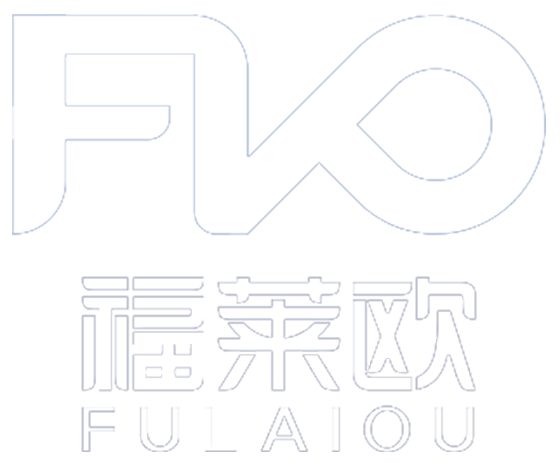News Center
What are the differences between PU synchronous belts and rubber synchronous belts?
Rubber synchronous belt is a fiberglass core composed of multiple fiberglass ropes, spirally distributed along the belt width at the belt joint line, with high strength, low elongation, and strong corrosion resistance. The rubber synchronous is equipped with a nylon sheath protection belt, which has excellent wear resistance. Water resistance, heat resistance, and impact resistance are superior to PU synchronous belts, with a wide range of transmission power, especially high-power transmission, which cannot be compared to PU synchronous belts. So, let's take a look at the differences between PU synchronous belts and rubber synchronous belts!
The PU synchronous belt is generally made of steel core as the tensile core and cast by polyester. It is a Thermoplastic polyurethane material, which is resistant to oil, impact, beautiful, high strength, high elasticity, small deformation, good bending, and can be used in weak acid and alkali environment. The hardness of polyurethane synchronous belts is around 80 degrees Shore, which is relatively hard. Its wear resistance is 8 times that of rubber synchronous belts, which can meet sanitary conditions and is more hygienic for rubber synchronous belts. It is suitable for use in food and clean production industries.
PU synchronous belt is a product designed by combining the advantages of belt drive, chain drive, and gear drive. According to the principle of synchronous belt friction transmission, the synchronous belt must be tensioned before it can work properly. The belt may become loose during operation. To ensure the capacity of the synchronous belt and for normal operation, it needs to be re tensioned.
PU synchronous belt drive has the advantages of belt drive, chain drive, and gear drive. Due to the fact that synchronous belt transmission transmits motion and power through the meshing of belts and pulleys, there is no relative sliding between the belts and pulleys, ensuring accurate transmission ratios. The synchronous belt usually uses steel wire rope or glass fiber rope as the tensile body, and Chloroprene or polyurethane as the matrix. The belt is thin, light and fast in use.
However, it should be noted that the tension of universal synchronous belts is basically the same, divided into internal tension and external tension. Generally speaking, it is recommended to prioritize the use of synchronous wheels over smooth wheels for internal tension. Because using smooth wheels can increase noise and wear. At the same time, the diameter of the tensioning timing wheel cannot be smaller than the diameter of the small wheel.
However, some suppliers can also use inner tensioned toothed flat idlers, provided that a drive belt pitch with a diameter greater than 40 times is required. In addition, as the inner tension will reduce the wrap angle and the number of meshing teeth, it is necessary to make the inner tension wheel as close as possible to the large wheel in order to avoid too small wrap angle. On the other hand, the outer side of the Ningbo synchronous belt is tensioned. The tensioning pulley is in contact with the back of the belt, so no teeth are needed. A smooth roller is sufficient. However, whether it is tensioning the inner or outer sides, it is necessary to place the tensioning pulley on the loose side. In this way, the difference in softness between the loose side and the loose side at the beginning will not be too large, and the possibility of tooth jumping will also decrease.
Contact now for more information

WeChat contact
Contact Us

Tel:+86-513-88600693

Add: No. 23, Maoyuan Road, Qutang Town, Hai'an City, Nantong City, Jiangsu Province
All rights reserved © Jiangsu Fulaiou Industrial Belt Co., Ltd Urban substation








